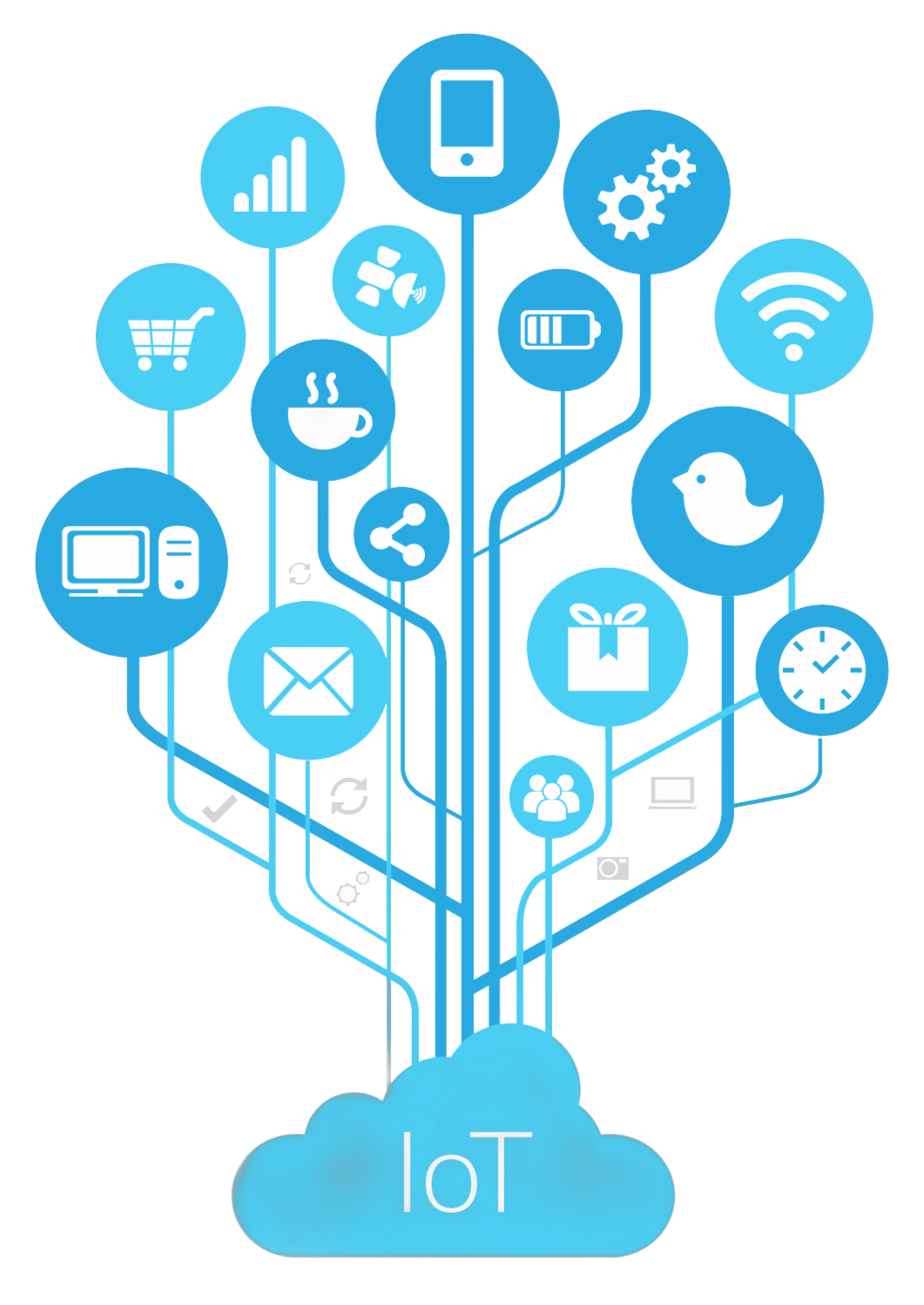Number of Projects
Number of Products & Services
Pilots across Europe
Proactive and Prescriptive Building Management System
This tool transforms the operation of the buildings from reactive to proactive, improving in parallel the well-being of occupants. Firstly, the PP-BMS allows the continuous and in real-time representation of the important information to occupants, owners and managers with the optimum goal to enhance their well-being (e.g. visual and thermal comfort levels), optimize building’s operation and allow the control of devices using attractive UI. Furthermore, advanced AI algorithms and their output knowledge (i.e. building flexibility, well-being estimation, RES & storage status, etc.), allow PP-BMS to analyse and evaluate the building operational status at real-time and make decisions about the optimal one towards smart proactive building behaviour and services.
Refers to: building operators, building occupants, ESCO companies, Artificial-Intelligence service developers


Smart Building Data Quality Engine
This tool comprises a set of data anomalies detection models and mitigation rules, to ensure an adequate pre-processing of raw measured data, establishing a solid basis for more reliable data-driven post processing services. Usually, such tools do not consider real-time treatment of erroneous data. Our tool is responsible to detect anomalies, categorize and cleanse faulty registries in the collected data based on statistical and deep machine-learning models, leveraging existing knowledge from the energy domain.
Refers to: data-analysts, visual analytics modules developers, Artificial-Intelligence service developers, machine-learning engineers, middleware platform developers, database engineers
AI-Assisted Building Behaviour Forecasting Engine
This tool utilizes deep learning algorithms that train models (so called “signatures”) for building consumption and generation profiles, which offer accurate forecasting for consumption and generation loads. Furthermore, an inference engine utilizes the overall building energy consumption along with the disaggregation algorithm output so as to infer the (i) occupancy in the building, (ii) well-being (thermal and visual comfort levels), and (iii) activity of the users in the building (e.g. cooking, washing, resting, sleeping, etc.).
Refers to: data-analysts, visual analytics modules developers, Artificial-Intelligence service developers, machine-learning engineers, middleware platform developers, database engineers


Smart Low-Infectivity Ventilation Service
This tool is responsible to assess and predict indoor air-quality in terms of CO2 and infectious air particles at different levels of the building (at individual room, floor or building level) taking into consideration the corresponding size of the subject closed space. The indoor air quality levels are assessed based on deep machine learning models according to real-time sensory measurements, while the results of this engine are used to provide accurate ventilation commands to building managers and users, to avoid overpassing the acceptable infectivity limits.
Refers to: building operators, health organisations, sensor manufacturers

AI-powered EV Charging Tool
With its advanced capabilities, this tool utilizes Vehicle-to-Grid (V2G) technology to optimize the charging process. By seamlessly connecting to charging stations, it harnesses the power of artificial intelligence to dynamically adjust charging rates based on real-time data. With dynamic pricing, users can benefit from cost-efficient charging while contributing to the grid's stability. Moreover, this intelligent tool integrates available renewable energy sources (RES) intelligently, ensuring that electric vehicles are charged using clean and sustainable power. The AI-powered EV Charging Tool is paving the way for a greener, more efficient future of transportation.
Demand Response and Flexibility Tool
This tool is designed to enhance the flexibility and efficiency of smart grid nodes and leverages advanced algorithms to enable both Implicit and Explicit Demand Response strategies, allowing for optimized energy consumption and grid stability. By analyzing real-time data, the tool dynamically adjusts consumption profiles based on demand patterns, promoting more efficient energy usage. It also seamlessly integrates available renewable energy sources (RES), enabling smart grid nodes to tap into clean and sustainable power when needed. With our AI and machine learning-driven Demand Response Tool, the smart grid becomes more resilient and responsive, paving the way for a sustainable and reliable energy future.


